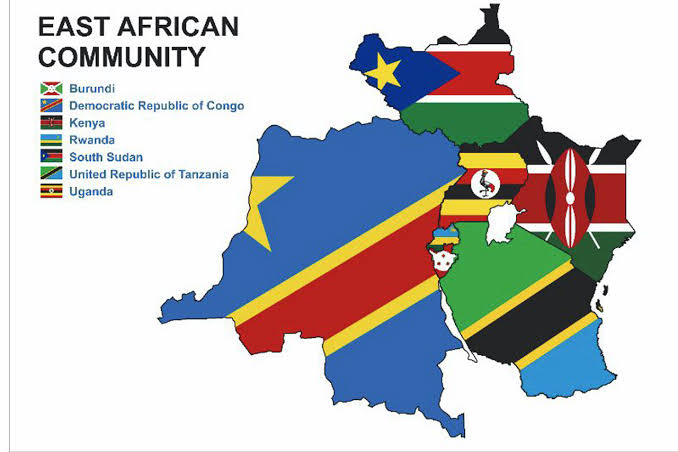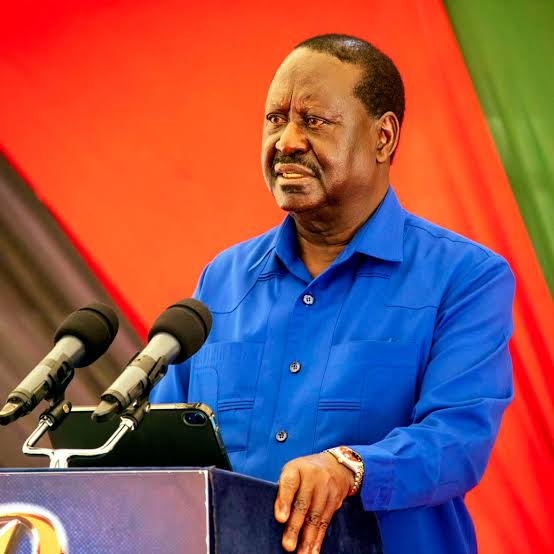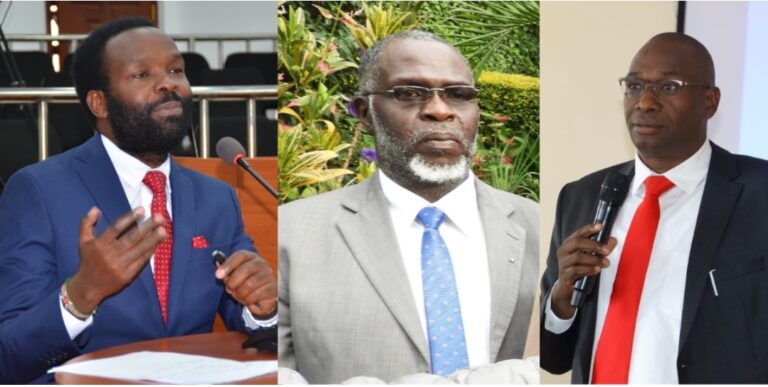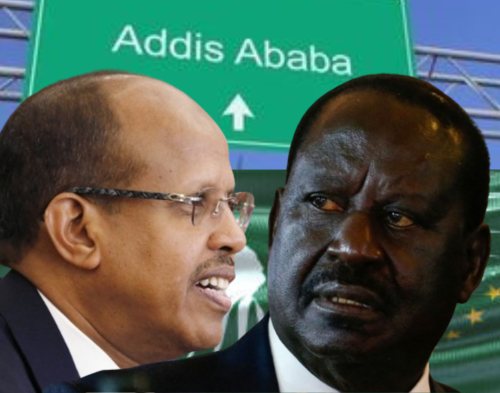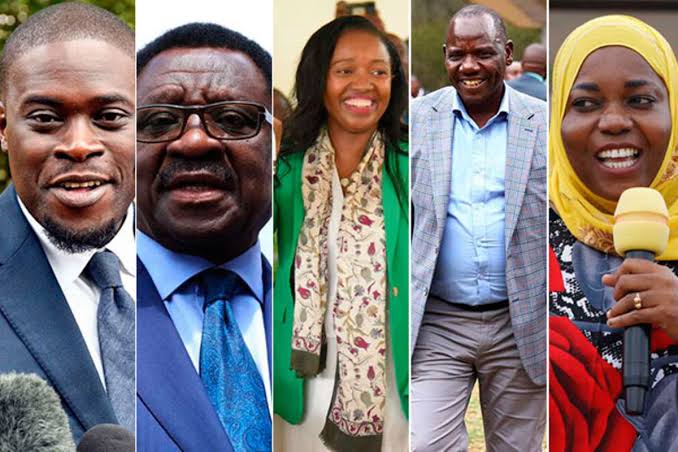East African nations have unveiled their budget allocations for the 2025/26 financial year, outlining ambitious spending plans aimed at stimulating economic growth, improving infrastructure, and addressing social needs. Kenya leads the region with the highest allocation, signaling a strong push toward development and recovery from recent economic pressures.
Kenya’s government has set its budget at Sh4.3 trillion, the largest in the region, reflecting its robust fiscal agenda and efforts to strengthen key sectors such as health, education, and infrastructure. The budget also targets public debt management, with increased emphasis on domestic revenue collection and tax reforms.
Tanzania follows with a Sh2.8 trillion allocation, focusing on industrialization, transport, and energy development. The government aims to boost manufacturing and improve logistics networks, positioning itself as a regional economic hub.
Uganda has proposed a Sh2.6 trillion budget, prioritizing agricultural productivity, job creation, and investment in oil production as it prepares to join the league of oil-producing nations. The budget also includes significant funding for road construction and energy projects.
Ethiopia, despite facing internal challenges and a slowed growth rate, has allocated Sh2 trillion to support reconstruction efforts, maintain macroeconomic stability, and strengthen its social protection programs.
In the smaller economies, Rwanda has earmarked Sh645 billion, with a focus on human capital development, digital transformation, and climate resilience. Burundi, with the smallest budget in the region at Sh245 billion, plans to invest in education, healthcare, and rural development.
The collective allocations reflect the diverse priorities of East African nations, ranging from infrastructure and industrialization to social welfare and environmental sustainability. While budget sizes vary widely, each country is aiming to navigate global economic uncertainty, inflationary pressures, and local development needs.
As the 2025/26 fiscal year begins, the region’s ability to efficiently implement these budgets will be crucial in achieving long-term growth, reducing poverty, and fostering regional integration. The coming months will reveal how effectively East African nations turn these ambitious plans into tangible progress.
